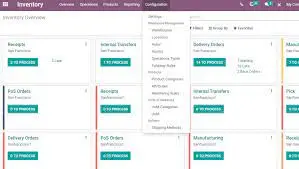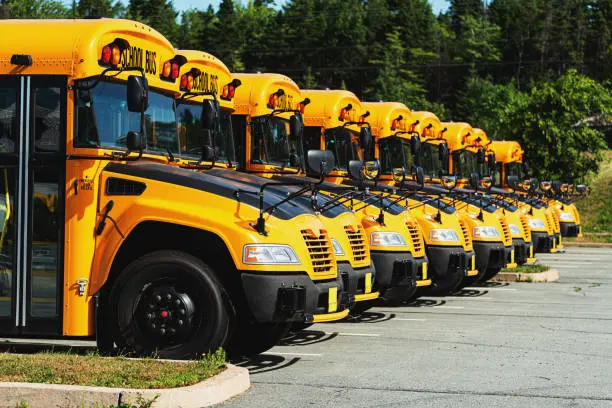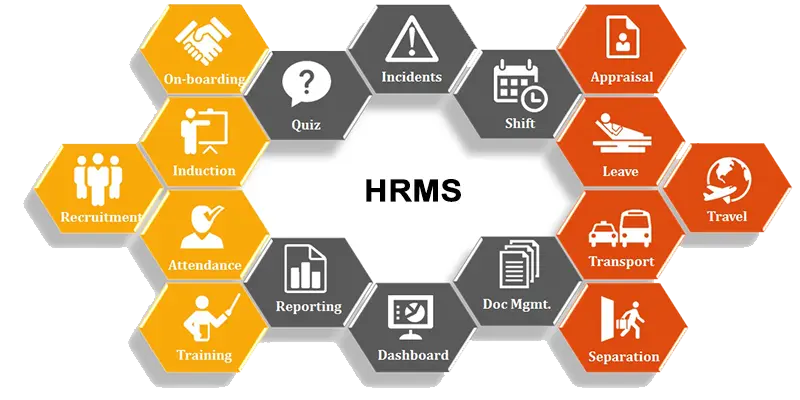School - Nursery or Pre-School
Management Platform
An education management software system is an essential component for educational institutions, as it streamlines and automates various administrative processes. This software manages student data, attendance, class scheduling, grading, and other critical functions, providing an efficient, centralized system for educators, administrators, and parents. With the help of an education management software system, educational institutions can simplify daily operations, reduce errors and delays, and enhance communication between students, teachers, and parents. It ensures that educational institutions run smoothly and efficiently, enabling them to focus on providing quality education to their students.

School Admission & Registration:
School admission education management software systems have become increasingly popular in recent years as a way to streamline the application and enrollment process for schools. These systems are designed to automate tasks such as collecting and storing student data, managing admissions applications, tracking applicant status, and communicating with parents and students. With the rise of online learning and homeschooling, it is more important than ever for schools to have effective software systems that can handle complex enrollment processes. Some common features of school admission education management software include digital application forms, automated acceptance letters, integrated payment processing, and applicant tracking dashboards. Schools that adopt these systems benefit from increased efficiency, reduced paperwork, improved communication with applicants, and greater transparency throughout the enrollment process. Ultimately, school admission education management software helps to save time for administrative staff while providing better service to students and parents.
SCHOOL STUDENTS INFORMATIONS
School student information education management software systems are a vital tool used by schools to manage and organize student data. This type of software provides a centralized database, allowing educators to efficiently monitor students' attendance, grades, and overall academic progress. It allows teachers to easily generate reports and analyze trends that can help them make informed decisions about their teaching methods and student interventions. Moreover, these systems are designed with built-in security features keeping student data confidential. Some of the most commonly used features include electronic grade books, learning management systems (LMS), and data analysis tools for tracking performance. With these tools in use, teachers can provide more individualized instruction thus maximizing each student’s potential. Overall school student info education management software systems enhance communication between stakeholders including parents, students as well as teachers resulting in organized systematic functioning of educational institutions while increasing positive outcomes for all involved parties.


ACCOUNTING:
Accounting education management software systems are highly vital tools used by educational institutions in managing their accounting operations. These systems provide smooth and efficient ways of organizing complex financial data such as tracking revenues generated, expenses incurred, budgets, and monitoring cash flows. With an accounting education management system in place, administrators can automate processes such as student fee billing, scholarship disbursement, and bookkeeping while also ensuring precision by improving accuracy and reducing the risk of fraud or errors associated with manual data entries. Notably, these software systems offer scalability benefits to cater for growth in educational institutions' requirements. Additionally, they offer various customization options to meet the specific needs of individual schools or universities. The software provision investment offers cost-effectiveness in terms of time savings relating to preparation of reports for internal analysis or audit purposes. Therefore accounting education management software systems are significant in improving efficiency and transparency in financial reporting for educational institutions.
SCHOOL INVENTORIES
School inventory education management software systems have become an essential technological tool for modern educational institutions. These systems help schools efficiently manage and track their inventory of resources such as textbooks, laboratory equipment, office supplies and more. With the aid of these software systems, schools can accurately monitor when resources are due for repair or replacement. Moreover, these systems provide teachers and administrators with real- time access to accurate data, thereby facilitating better decision-making processes. Schools can also use these systems to keep track of purchase orders, invoices, and receipts centrally. Overall, school inventory education management software systems are effective in streamlining organizational tasks associated with resource management while ensuring efficient planning and appropriate budget allocation for educational materials at schools.

SCHOOL ATTENDANCE, LIBRARY,ASSIGNEMENTS & EVENTS
School attendance and library education management software systems are crucial tools for effective educational administration. In today's digital age, it is critical that schools have a reliable system for tracking student attendance and managing the library resources in order to ensure the smooth operation of the school. With school attendance management software, administrators can easily monitor student attendance, identify trends, and provide early intervention when necessary. On the other hand, library education management software systems allow librarians to manage resources more efficiently by providing easy access to information on book circulation, lending histories, overdue books, and much more. These systems also enable librarians to better manage their acquisitions budget by tracking expenses and identifying usage patterns. Both of these software systems help create a data- driven approach towards decision making in schools while improving transparency amongst academic staff.
School assignment and events education management software systems are essential tools for educational institutions looking to streamline their processes, enhance communication, and optimize resources. These comprehensive systems enable educators to manage and assign tasks, schedule events, track attendance, grades, and analyze student performance. The software facilitates effective communication between teachers, students, parents or guardians. Additionally,it provides necessary information about schedules and changes in school policies remotely. This results in less waste of time on combined administrative work and increases productivity while providing transparency within the system. Moreover,this technological innovation brings efficient use of technology in classrooms to ensure better teacher-student-administration collaboration effectively.For any professional involved in leading a learning institution,school assignment ,and events education management software systems are an excellent tool that can lead to improved outcomes by making tasks faster,easier,reliable,and more effective.
SCHOOL TRANSPORTATIONS
School transportation management software systems are comprehensive digital solutions that enable school districts and transportation departments to efficiently manage their bus fleets while ensuring the safety of students. These software systems provide real-time tracking of buses, routes, schedules, and maintenance requirements, allowing administrators to monitor and optimize operations. In addition, they offer features such as automatic notifications for parents and guardians regarding bus arrivals and departures and emergency alerts in case of accidents or breakdowns. With the help of these software systems, schools can reduce costs associated with traditional paper-based processes and improve overall productivity through streamlined operations. As such, these tools are critical components of any modern school transportation strategy aimed at improving safety outcomes while optimizing resource allocation.

